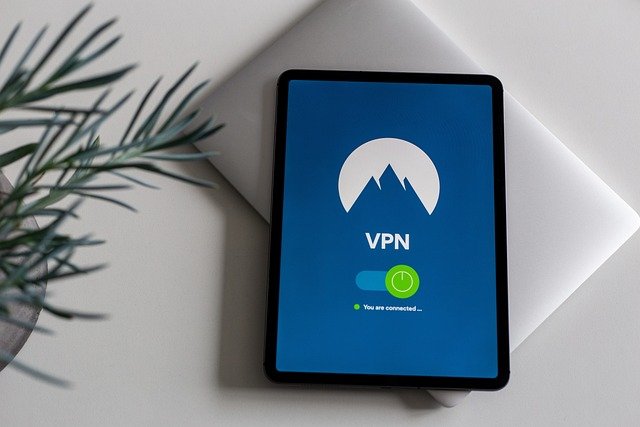Improving device performance without hardware upgrades
This article outlines practical steps to improve device responsiveness and longevity without swapping components. It focuses on software updates, firmware management, configuration changes, routine maintenance, connectivity fixes, privacy and security adjustments, accessory choices, and recycling considerations.

Maintaining smooth device operation often starts with routine software and configuration work rather than hardware replacement. Many common slowdowns come from outdated firmware, neglected updates, accumulated background tasks, or poorly configured settings. This article presents practical, evidence-based approaches—covering updates, firmware, maintenance, troubleshooting, optimization, privacy, and connectivity—that can restore responsiveness and extend the useful life of laptops, desktops, tablets, and smartphones.
How do updates and firmware improve performance?
Regular updates and firmware releases address bugs, improve resource management, and sometimes add performance optimizations. Applying operating system updates, driver patches, and firmware updates for storage controllers or Wi‑Fi adapters can reduce CPU overhead, prevent memory leaks, and fix power management issues. Before updating firmware, review official release notes and back up data; some firmware updates change device behavior and require follow-up configuration. Keeping both system and application updates current also reduces the risk of compatibility problems that manifest as sluggishness.
What maintenance and troubleshooting steps help?
Routine maintenance includes disk cleanup, uninstalling unused applications, and managing startup programs to free resources. For solid‑state drives, enable TRIM and monitor free space; for spinning disks, occasional defragmentation can help. Use built‑in diagnostics and task managers to identify CPU‑ or memory‑heavy processes, and employ troubleshooting steps such as safe‑mode checks or fresh user profiles to isolate software causes. Regular maintenance schedules and simple logs of changes reduce time spent on recurring problems and help spot patterns affecting performance.
How can configuration and optimization be applied?
Configuration changes and optimization often yield noticeable gains without new parts. Adjust visual effects and indexing settings to lower system load, and configure power plans to balance performance and battery life. For software, set reasonable cache sizes, limit background sync for apps, and prioritize performance in resource‑intensive applications. Networked devices can benefit from quality‑of‑service (QoS) settings on routers to reduce latency. Make incremental changes and measure results to ensure each tweak meaningfully improves responsiveness.
How does cybersecurity and privacy impact device speed?
Malware, unwanted background services, and excessive telemetry can degrade performance. Regularly scan for malware, review installed extensions and services, and limit unnecessary background activity that collects data. Privacy settings that reduce continuous syncing or telemetry can lower CPU and network use. Secure configuration—strong passwords, up‑to‑date security patches, and minimal exposed services—protects against intrusions that may covertly consume resources. Maintaining good cybersecurity habits therefore supports both privacy and steady performance.
How to improve connectivity and accessories use?
Network issues often feel like device sluggishness. Optimize connectivity by updating router firmware, choosing less congested Wi‑Fi channels, and placing access points for reliable signal strength. Use wired Ethernet when latency or bandwidth consistency matters. Evaluate accessories: a responsive external SSD or a higher‑quality mouse or keyboard can improve perceived performance even when core hardware is unchanged. Keep accessory firmware current and disconnect peripherals that trigger driver conflicts or high CPU usage.
What role does recycling and ongoing upkeep play?
Sustainable practices and proper recycling help you get the most value from devices before replacement. Regularly clearing old files, securely wiping and reinstalling operating systems when repurposing hardware, and recycling batteries or components when end‑of‑life is reached preserves resources and prevents degraded performance from accumulated digital clutter. Responsible disposal of storage devices also protects privacy. Ongoing upkeep—both digital and physical cleaning—reduces thermal throttling and maintains reliable performance over a device’s lifespan.
In summary, many performance gains are achievable without buying new hardware. Applying updates and firmware carefully, maintaining and troubleshooting system health, adjusting configurations, enforcing good cybersecurity and privacy practices, optimizing connectivity and accessory use, and following recycling and upkeep routines all contribute to a faster, more reliable device experience. Incremental, measured changes and routine monitoring are key to sustained improvements.





